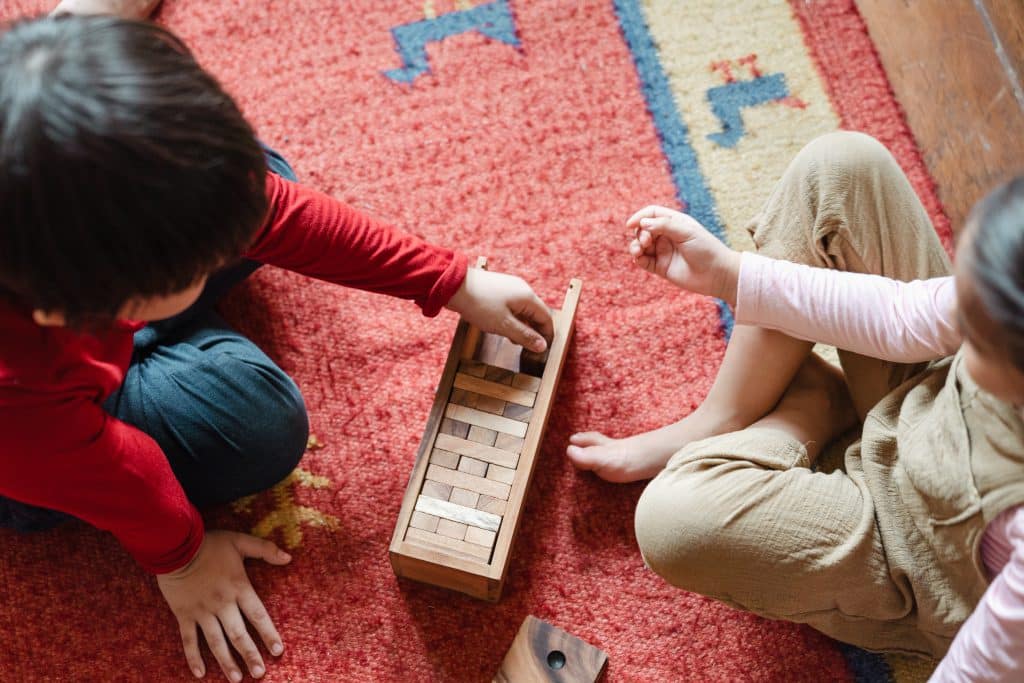10 tips to improve acoustics at schools and kindergartens
Teaching and learning are acoustically demanding activities. Research shows that poor acoustics in classrooms can have a hugely adverse effect on the children who learn in these spaces. In severe cases, students cannot hear up to 70% – making it almost impossible to understand and concentrate on what is being taught. For both the teachers and students, optimal acoustics is essential to stimulate concentration and avoid fatigue, headaches, and other health problems. How do you improve acoustics at schools, kindergartens, and nurseries? We have collected some useful tips and tricks to soundproof a classroom, nursery, or kindergarten.
Our top 10 tips:
- Install a carpet or rug. When deciding on what type of floor to install in a classroom it is important to consider the acoustics. For hygienic reasons, a carpet is not ideal in a classroom with kids around from outdoors to indoors but at home it is a great solution. Also, a rug can do wonders, and absorb a lot of sound. Especially thicker wool rugs can reduce the sounds significantly.

- Acoustic floors. A proper acoustic floor is sound-absorbing and sound-insulating. Acoustic vinyl floors have one more advantage. These floors are extremely durable and therefore ideal for spaces where the floor is used intensively, such as in offices, schools, and care institutions.
- Double the wall. By doubling a wall, you add an extra layer that can absorb sound. More mass and a damping compound like foam or some other insulation material will reduce the sound and improve acoustics.
- Install cork on your wall. Cork is naturally good at noise reduction and it also prevents sound and vibration transmission. It is an excellent natural soundproofing material, and it is one of the few sustainable and recyclable soundproofing materials that is relatively inexpensive. Cork is such an efficient sound dampener that it is often used in recording studios and theaters but is also ideal for kindergartens and nurseries.

- Install a solid door. Doors are often a weak spot when it concerns acoustics. Install a solid insulating door, these doors are usually thicker and have better insulation than standard light weight doors.
- Seal all cracks and gaps. Sound travels through cracks and openings that exist around the door leaf. To soundproof a door, make sure to seal the door by using draft strips and door strips. Also, finger door guards can not only improve child safety but also the acoustic in rooms. They prevent fingers from being entrapped in doors and save children from serious finger injuries.
- Soundproofing curtains. Soundproof curtains are one of the simplest solutions to change acoustics in a room. The curtains are good for sound deadening, meaning reducing the echo of sound, and therefore improving acoustics in a room.
- Use a white noise machine. When sounds are hard to block, a white noise machine can help. White noise is a collection of sounds that has the same intensity through the audible range, creating a uniform sound perfect for masking loud disruptions. Ideal for children but also adults when they want to sleep. The white noise recreates the sound in the womb and is therefore extremely southing for children. Not only for sleeping but also for studying, working, and focusing, white noise “smooths” out your audible environment.
- Install acoustic panels. Acoustic panels are an easy and quick solution to reduce mid and high-frequency sound waves. Arte Viva offers the Acoustic Cloud and Acoustic Panel, both sound-absorbing panels for ceilings and walls to improve acoustic in classrooms and other spaces. The cloud-shape makes the panel a playful element in a kindergarten, nursery, or school.

- Split the room into smaller spaces. Use furniture and sound-absorbent screens to create smaller spaces in classrooms. Furniture adds density, which can help block sound. Heavy objects resist vibration, making it much harder for sound to be transmitted. Bookcases and shelves are ideal for this purpose. By arranging the furniture in your room carefully, you can effectively reduce noise disturbance from adjoining spaces without spending a fortune.
Bonus tip
Noise-canceling headphones / Hearing protection. A hearing protector for children is ideal to concentrate in a noisy environment and protects their sensitive ears from damage. Noise-canceling headphones are perfect for parents and teachers when they need a break.

